Strong, practical and with all the credentials to become a classic in its own right, it’s easy to see why now might be the time to buy a MkIV Golf. Here’s how to spot the best examples…
Whether meant as a ‘modern’ alternative to your classic VW or a project in itself, the MkIV has always made a lot of sense to us canny Dubbers. It still looks swish and retains that solid feel that was lost to an extent on its successor. All the bits to fix it are pennies to buy and as far as tinkering possibilities – the sky really is the limit. What’s more, from the fuel sipping turbodiesels to the monstrous VR6, there’s a model in line up to suit all tastes…
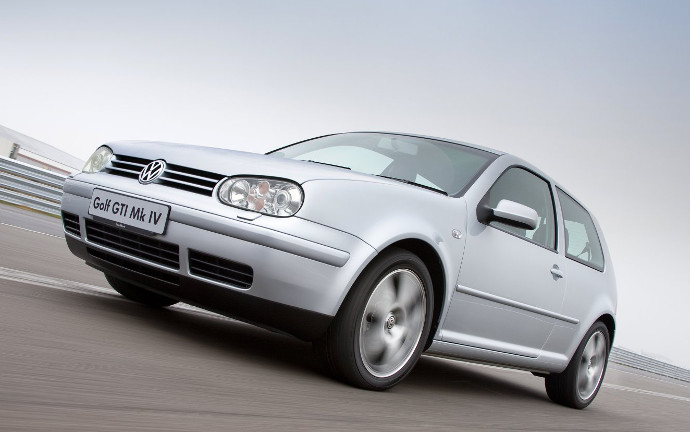
Model Range
When it was announced in November 1997, the MkIV range included a three and five door hatch with 1.4, 1.6, 1.8 GTi, 1.8 Turbo GTi petrol engines and 1.9 diesels in SDi and TDi format. The old convertible and estate from the Mk3 range continued in production.
In July 1998, the MkIV convertible was announced using a Mk3 body with grafted on MkIV nose and tail as well as a revised interior. The 2.0-litre GTI was added to the range in March 1999 and by August, an estate Golf was available with the option of either a 1.6, 1.8 or 2.0-litre petrol engines or the 1.9 TDi or SDi diesel. Later that year Pompe Duse (PD) technology appeared, the 1.9 version now producing 115bhp.
While visually there were barely any changes in its five-year production lifespan, various new engines were introduced as the model evolved. In early 2000, extreme petrolhead tastes were catered for by the 2.8-litre V6 4-Motion and in December the range was graced by the equally potent 2.3-litre V5. June 2001 saw the introduction of a feisty 130bhp version of the PD engine, while a more flaccid 100bhp version also appeared in September. As the model neared the end of its lifespan, in May 2002 a devastatingly quick 150bhp PD diesel was added.
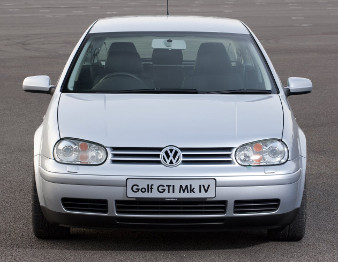
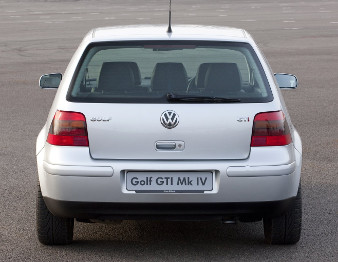
Engines
Performance from the smaller petrol engine models is a little lack lustre, and the 1.8 and 2.0-litre GTi models may not live up to your GTi expectations. More potent, and perhaps the hidden gem in the petrol engine range is the 1.8T which is rapid and reasonable frugal. The 2.3 V5 and 2.8 V6 offer lots of pulling power, but the extra weight blunts performance and they tend to be quite thirsty.
Of course there is always strong demand for the tried and tested turbodiesel; we wouldn’t bother with the 90bhp version, but the 110 is pokey enough and the 115, 130 and 150 are even more eager, the latter proving sensationally quick while still returning upwards of 50mpg.
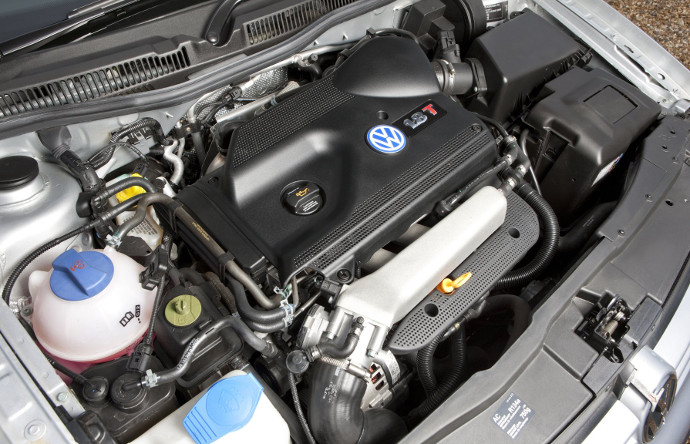
Regular servicing is key to keeping a Golf’s otherwise bulletproof powerplant in good health, so be sure to see evidence that this has been done. That means looking for proof that the cambelt has been changed every 50-60k miles and there’s been regular oil and filter changes. Cars where this has been ignored, or where the wrong specification oil has been used, may have a build up of sludge in the sump – and this seems to be a particular problem on the 1.8 Turbo model.
Where a new cambelt has been fitted, check to see whether a new water pump went on at the same time as the impellers have a horrid tendency to come loose on their spindles; the unit’s located in the cambelt housing. Any cooling problems should be easy to spot on a testdrive if you keep a close eye on the temperature gauge. Bear in mind if a PD engine has been allowed to overheat, the tolerances don’t allow you to skim the head – more like you will need to spend the best part of £500 on a reconditioned replacement.
As for the turbodiesels, beware of any you view that seem to lack performance or, worst still, go into limp home mode on a test drive. Chances are it will be a clogged variable vane turbo. Either that, or one of the solenoids that controls it may have failed.
Transmission
Volkswagen has always prided itself in producing some of the most slick gearboxes around and there shouldn’t be any glaring problems. That said, many employ a dual mass flywheel and if it starts rattling then you can expect a big bill to replace it. We’re talking about roughly £400 for all the parts plus five hours’ labour.
Other gearbox issues concern the diff bearings; they get noisy and if the rivets on the crownwheel come loose the diff can spit itself out of the casing.
Running gear
Golf MkIV underpinnings are strong and dependable, so simply carrying out the usual checks when buying. Broken road springs, worn wishbone bush or anti-roll bar links are all par for the course on older cars but replacement parts are inexpensive. Incidentally, the ARBs were originally plastic but have since been replaced by sturdier metal items. Slightly more of a headache are the rear axle bushes, which can start to knock on high mileage examples. You may also notice the car wandering at the back while driving as the axle moves in the bushes. It’s a 3-4 hour job to replace them because you need to cut out the old bushes the press in the new ones with a special tool.
Be wary of any Golfs with ABS lights that either fail to light when the ignition’s turned on (someone’s removed the bulb) or stay on when the engine’s running. Sometime it will be down to wheel sensor issues or, worse still, the ABS unit itself as often this will mean replacing the whole module. Reconditioned units start at £200 so bargain accordingly.
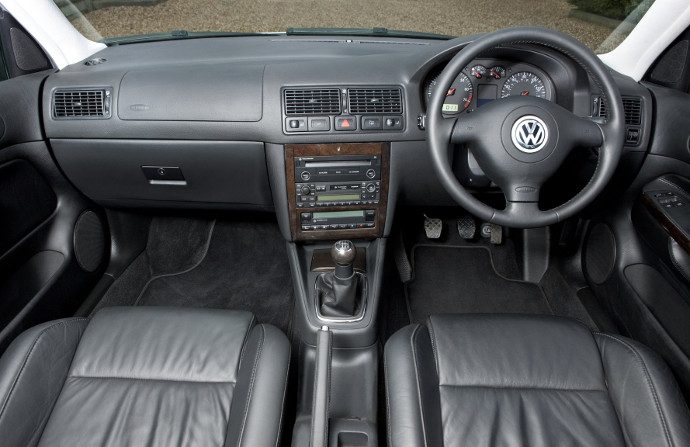
Other things to look out for when viewing cars for sale include aircon compressor clutches that fall apart, failed blower motors, failed window regulators (repair kits are available, but aren’t always successful), seized front wiper linkages and key issues where the paddle mechanism has broken. You can buy a kit with stronger paddles from VW but it all costs.
Watch too for water ingress; if it occurs in the front passenger footwell it’s likely to be as a result of the sunroof drain pipes being blocked. The pipes run inside the headlining and are tricky to trace. If the boot floor carpet’s sodden, then point a finger at the rear wiper motor. The plastic supply tube runs through the centre of it, so when it leaks it will destroy the motor and the microswitch for the boot opener (sometimes causing the alarm to go off!) and flood the boot itself.
Electrics
While the 1.6 petrol unit might appeal, it’s by no means the most trouble-free engine choice. Indeed, both the 1.4 and 1.6 petrol cars can suffer from running problems to do with various engine management sensors and ECU software upgrades making niggly misfires, stalling or general rough running not an entirely uncommon malady. Even following a scan using a VAS 5052, diagnosing a fault can prove a time consuming affair. A common culprit of rough running is the engine management temperature sensor; the old ones were black, the new ones green – it’s a simple plug-in job and costs around £30 from VW.
Meanwhile, other poor running symptoms can be due to air mass meters, duff coil packs or too big a spark plug gap – so watch for any of these symptoms when trying a car. The V5 seems particularly prone to both coil pack and software issues, so one that’s not running right is probably best left alone.
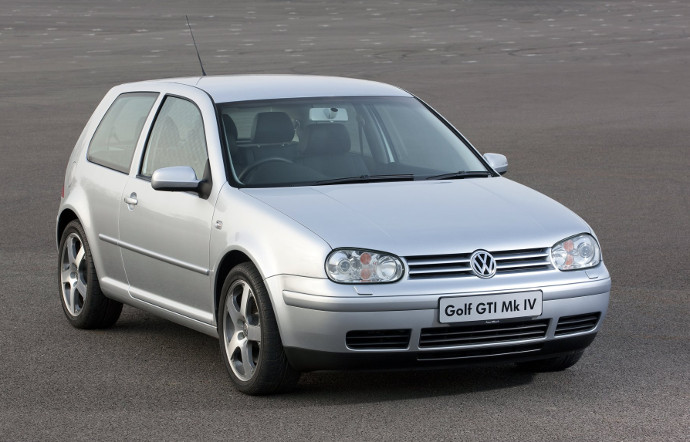
How much?
What was once a pricey car new is now thankfully much more affordable. Early small engine petrol models with in excess of 100,000 miles on the clock and a few jobs outstanding can be as little as a few hundred pounds, but your money will be better spent on an honest 1.9TDi with possibly a receipt for a recent turbo replacement and other bills to support the fact that it’s been used but looked after. As little as £1500 will get you behind the wheel of one of these. GTis still have kudos and while scruffy high mileage examples start at £800, spending a bit more on a nice car makes sense long term; a clean, historied 1.8T will easily be under £2000. At the other end of the spectrum, a limited edition Anniversary might be as much as £6000.
Happy hunting!
Ian
The opinions expressed here are the personal opinions of the author and do not necessarily represent the views and opinions of VW Heritage.
This post is also available in: Deutsch (German)Español (Spanish)


Great article!!
I have an Mk4 2.0 from.2001 family car been my Brothees and now mine since day day one.
I want to get some new parts for the interior..biotin can only find second hand or badly made aftermarket parts.
Can I get the through VW Herstage ?